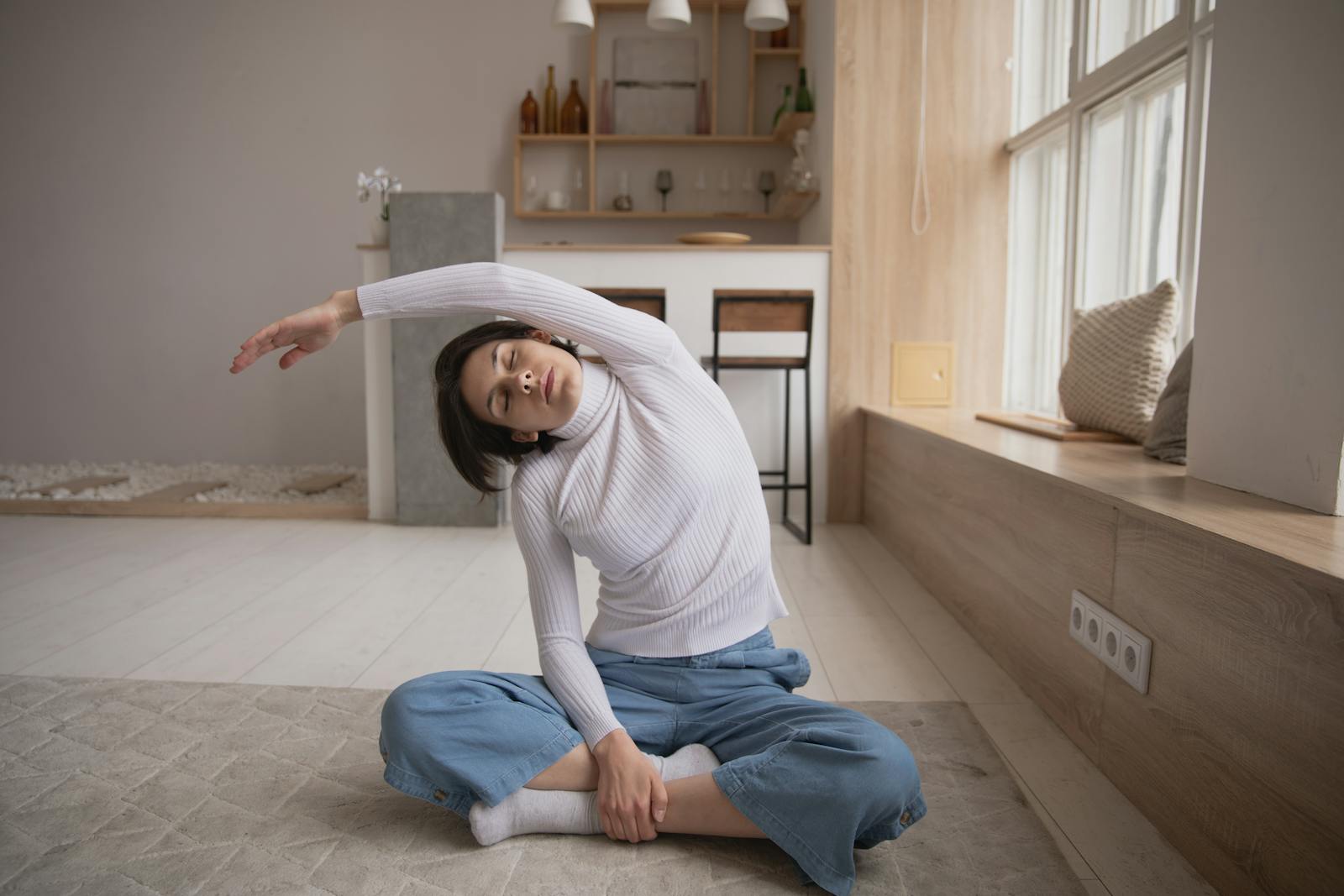The importance of restorative movement in recovery days

Rest days are essential for muscle repair, injury prevention, and overall wellbeing, but that doesn’t mean you have to be completely sedentary. Restorative movement—gentle, intentional exercises—can enhance recovery by promoting circulation, reducing stiffness, and easing mental stress. Incorporating low-impact activities on recovery days can help you feel refreshed and ready for your next workout.
One of the most effective forms of restorative movement is stretching. Dynamic and static stretches improve flexibility, reduce muscle tightness, and promote better posture. Stretching also encourages blood flow to fatigued muscles, speeding up the recovery process while preventing stiffness and soreness.
Yoga is another excellent option for active recovery. Gentle yoga poses enhance mobility, improve joint health, and provide a deep sense of relaxation. Breath-focused movements in yoga help regulate the nervous system, lowering stress hormones and promoting an overall sense of calm.
Walking is a simple yet powerful way to stay active on rest days. A relaxed walk increases circulation without putting stress on the joints or muscles. It also aids in flushing out lactic acid buildup, which can reduce soreness and improve overall muscle function.
Foam rolling, also known as self-myofascial release, is another effective restorative movement practice. Using a foam roller to apply gentle pressure to tight muscles helps release tension, increase blood flow, and improve muscle elasticity. This technique is particularly beneficial after intense workouts to enhance muscle recovery and prevent stiffness.
Breathwork and mindful movement practices, such as tai chi and qigong, offer additional recovery benefits. These low-impact activities combine gentle motion with controlled breathing, promoting relaxation, reducing stress, and improving overall body awareness.
By integrating restorative movement into your recovery days, you can enhance muscle repair, improve flexibility, and maintain a balanced fitness routine. Instead of viewing rest as inactivity, embrace it as an opportunity to nourish your body through mindful, low-impact movement that supports long-term health and performance.